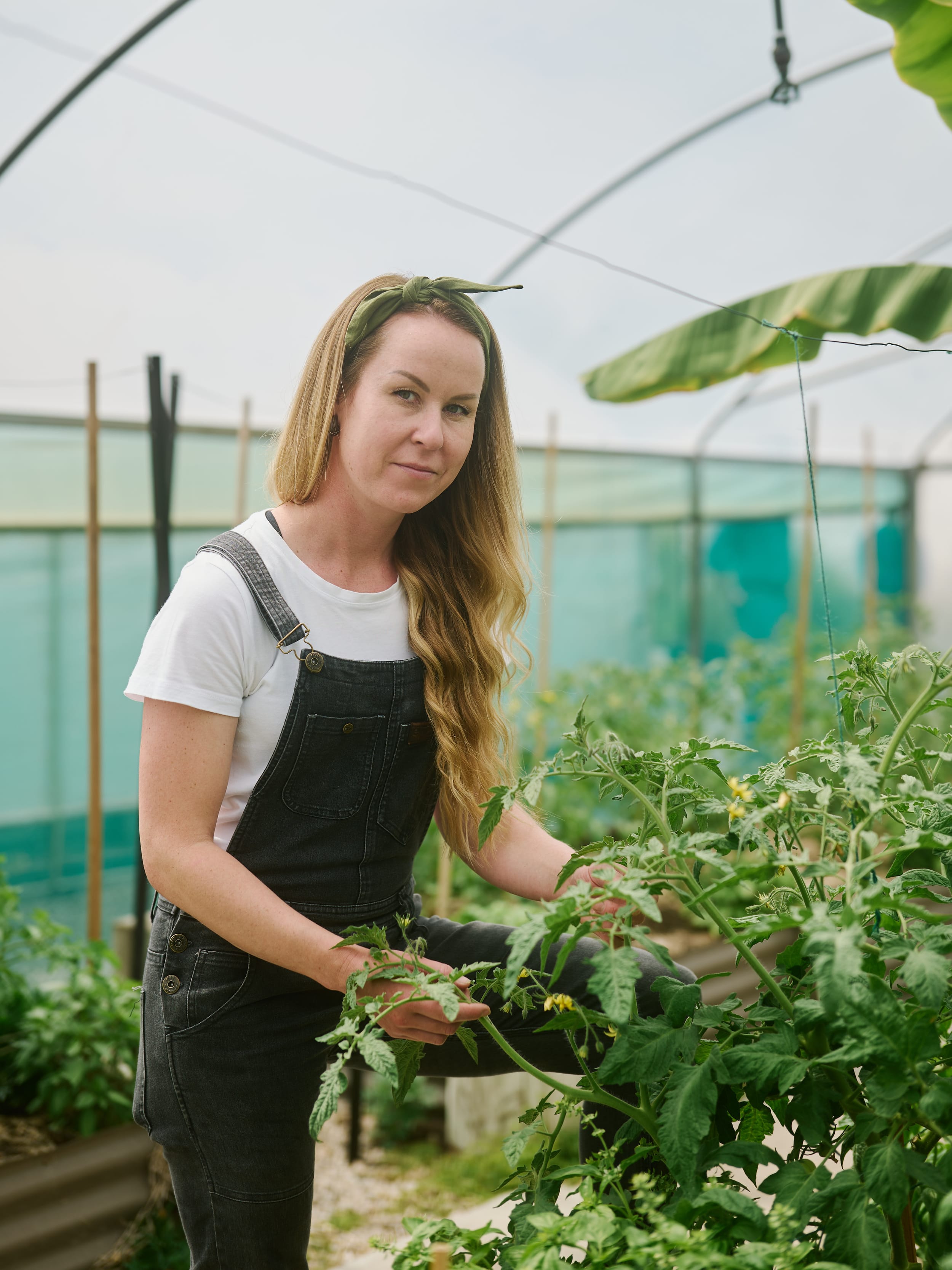
Welcome to Yes, Chef! A monthly newsletter in which food writer Sophie Hansen shines a light on our regional chefs. This week she talks with the Mornington Peninsula's Simone Watts.
From her kitchen overlooking 1,000 acres of regenerative farmland near the cliffs of Cape Schanck, on the tip of the Mornington Peninsula in Victoria, executive chef Simone Watts embodies a true farm-to-table philosophy.
Her restaurant, Barragunda Dining, is located bang in the middle of its own farm and most of the produce she uses in the restaurant comes from the property's two acres of vegetable gardens, orchards, and its small cattle and sheep flock.
The farm works in collaboration with the Barragunda Collective; its members include Watts's partner Samuel Humphreys, who manages a native plant nursery on site, and the restaurant's farmer, Karl Breese. In the cooperative's own words, "We work together by sharing access to land, equipment, kitchens, and distribution outlets and support each other by finding innovative ways to overcome the daily challenges of running a small agriculture-based business."
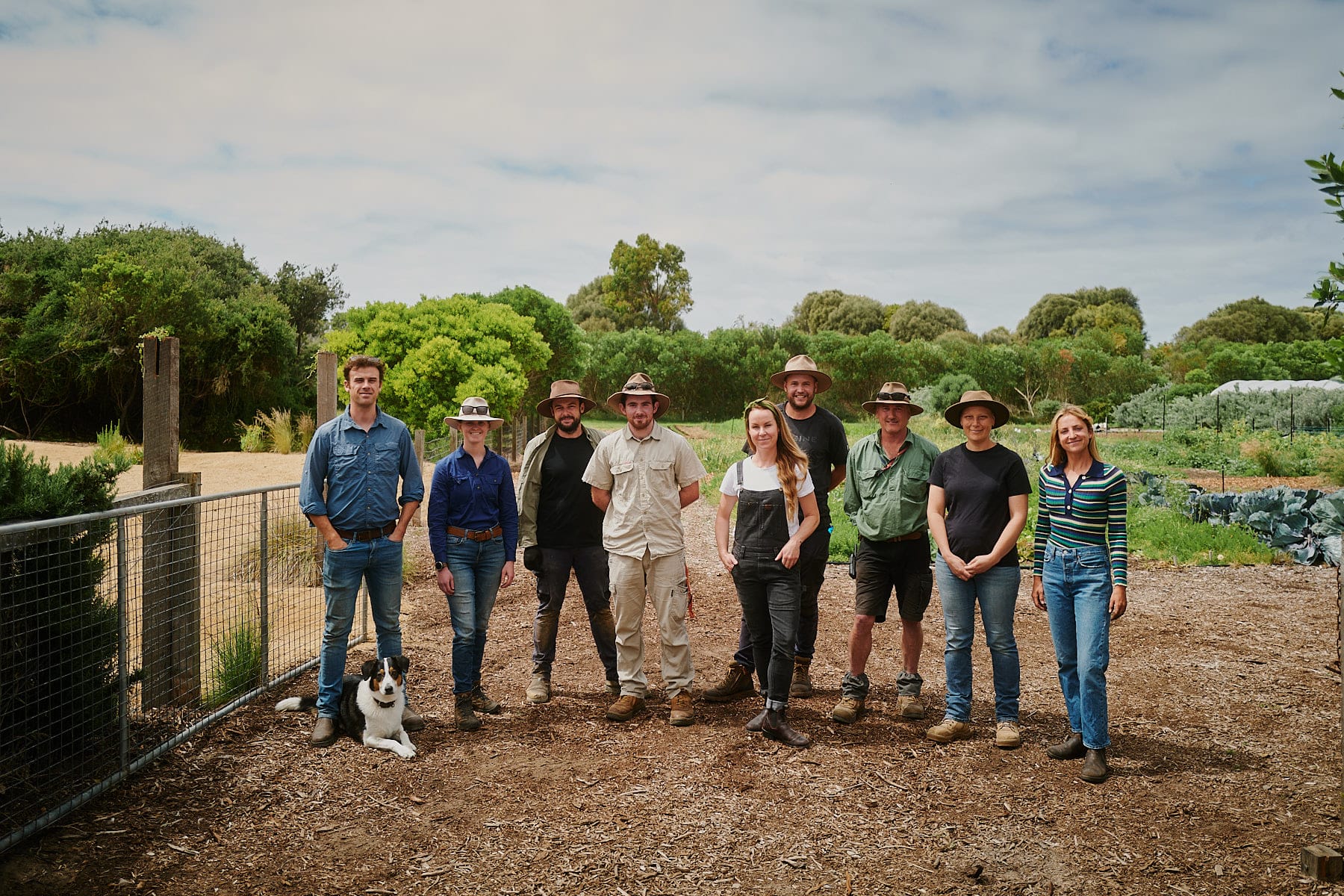
Six months in, the restaurant and farm team are working in productive tandem, adjusting the menu according to what comes through the door, sometimes daily.
When she's not in the Barragunda kitchen or on the farm, Watts is usually on the beach. "I love the back beaches of the peninsula because they're still really wild. It's not all busy beach boxes like at the front bay. Around the back is coastal Australia at its best: rugged cliffs, saltbush, native vegetation that needs very little love to thrive."
With her love of this coastal region and the sea, it makes even more sense that Watts is now at the helm of this new venture. Barragunda is located on the lands of the Boon Wurrung people of the Kulin nation, a place of native bushland stretching from Greens Bush to Bushrangers Bay and Cape Schanck. Its name is said to mean 'thunderous roar of the sea'.
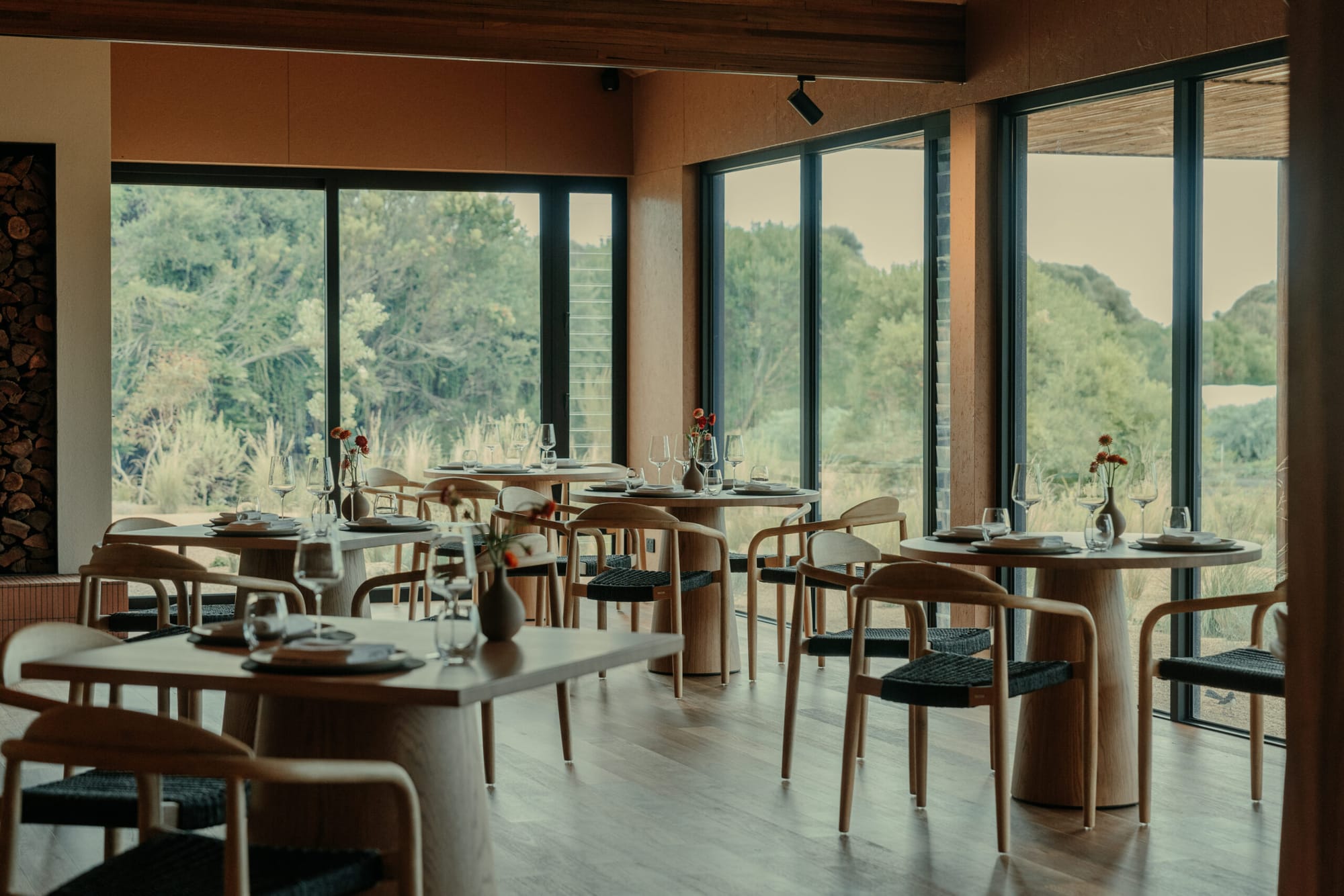
It sounds really basic, but it has to be a really good dinner of old-fashioned fish and chips. I grew up fishing with my dad on the Gippsland lakes and our family favourite was always fish and chips for dinner – freshly caught by us with really good quality potatoes and a fresh salad, all of us sitting around the table. We were just kids and we all thought the oceans were abundant and big plates of fresh flathead and flounder were normal.
Fishing and eating like this was my first real connection with the importance of knowing where your food comes from and how rewarding it is to cook food you've caught, grown or sourced as directly as possible.
Definitely a big beautiful roast – a porchetta that's been slow-cooking in the oven for hours, filling the kitchen with the most incredible aroma. There's nothing better than the smell of something being slow-roasted for a really long time, then turning up the heat at the end to get that perfect crisp skin. I would serve this with a classic cabbage slaw, lots of dill, and crisp potatoes cooked in the pork fat.
Always, always a pho. I'd make it with a beautiful chicken base: golden chicken stock, ginger, star anise and lots of burnt onion, cooked out and finished with the chicken and a heap of fresh Asian greens on top. The key is plenty of ginger and star anise.
This love affair with pho began during the time I spent in Vietnam and South East Asia in my teens and 20s. Vietnam was where I first really understood what it meant to have dishes that are endemic to a place. I was amazed at how much the cuisine changed from the north to the south, and when I came home I really started to think deeply about which ingredients and dishes I felt connected to. It started me thinking about what it means to be Australian and cook locally, using what we have in season and in our region.
I live and work on the Mornington Peninsula. My partner Sam and I have lived on site here at Barragunda for four years now, so yes, we are very connected to the property. My partner has a native nursery on site and he manages the garden. We live and breathe this place.
Originally, our plan was to open about five years ago, but the journey to Barragunda's opening was longer than expected. Council approvals took much longer than anticipated, and Covid brought additional delays. While this wasn't ideal at the time, it gave us an unexpected gift: time to slowly grow the garden, gradually build up the soil health, establish native hedgerows and plant indigenous flora around the space. We had the chance to really think and be intentional about everything we did. What Sam has created here isn't just a uniform landscape garden – it supplies the restaurant while also serving as a revegetation project and habitat for wildlife such as echidnas and kangaroos.
My connection to this area runs deep, though I took a detour before settling here. I grew up not far away, but I spent many years in far north Queensland, initially moving north to run a native fruit farm and learn more about native ingredients. From there, I moved to the Daintree Ecolodge as its executive chef. The same people own Barragunda Estate, and they invited me back south to work with them on this project, bringing my journey full circle.
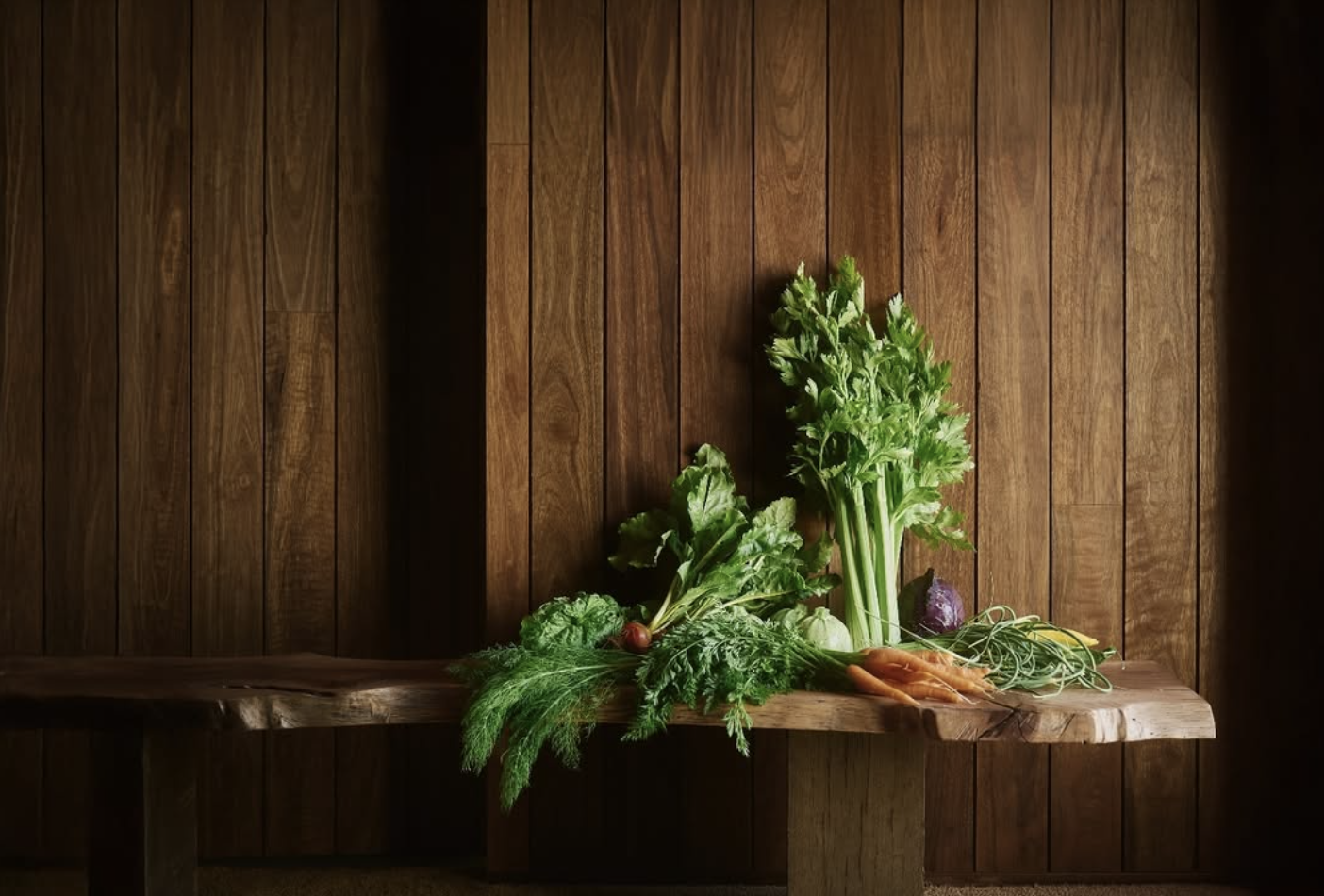
Winter greens such as spigariello and Romanesco broccoli. We're a big pizza family, so I'm excited to use the first heads of broccoli on a quick and easy pizza dough with just some good olive oil and cheese.
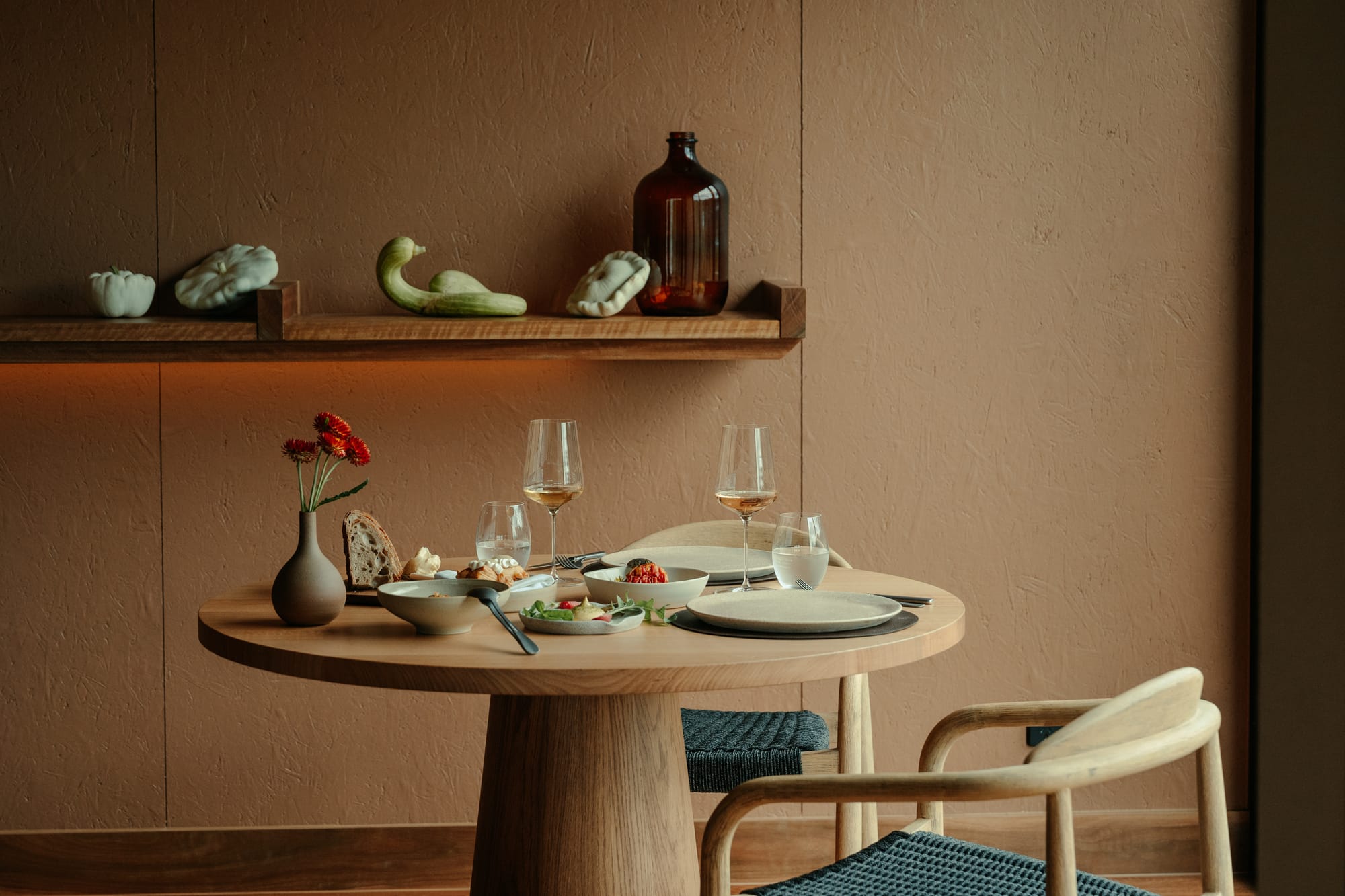
Van Morrison’s Astral Weeks.
Chai.
Basque cheesecake.
Negroni.
Shakshuka with our own eggs, tomatoes and flatbreads.
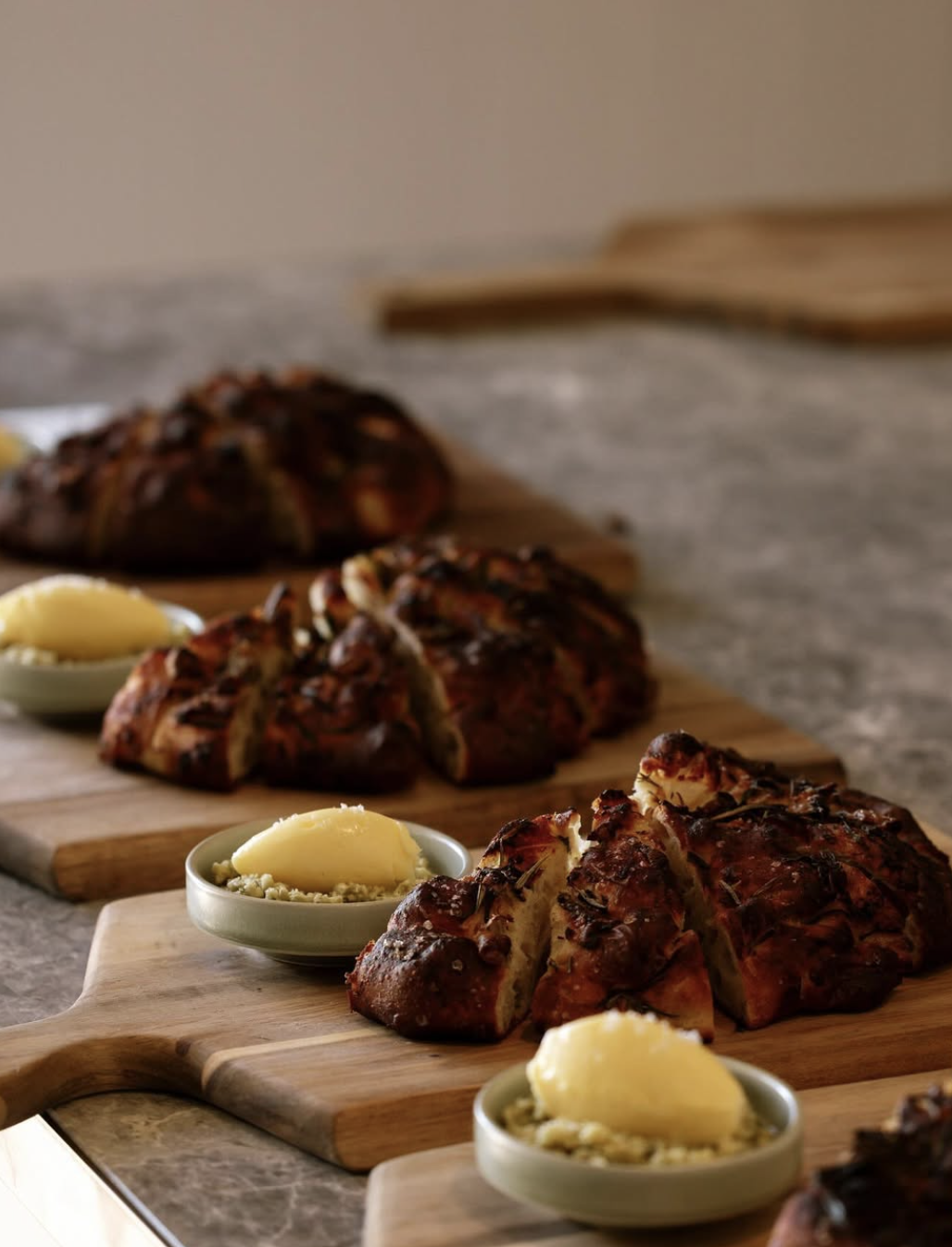
Makes 1 family-sized loaf
Ingredients
In a small pot, combine the garlic cloves and oil, then simmer on very low heat until the cloves are tender.
Allow to cool, then pour the garlic oil over the picked saltbush leaves and set aside. Combine the flours in a stand mixer with the dough hook. Alternatively, you can knead this recipe by hand, but it's quite a wet dough and requires the ”'slap and fold” method to strengthen the glutens.
Add the dried yeast to the lukewarm water and allow to stand for a few minutes before incorporating into the flour, along with the seawater.
Mix on medium speed until the glutens are strong – the dough should be shiny and stretch without breaking.
Transfer the dough to a clean bowl, cover and allow to double in size (about 2 hours depending on the temperature of your room).
Line a tray with baking paper and oil, then knock back your dough before shaping into a smooth round ball.
Preheat your oven to 220 degrees fan-forced. Allow your loaf to prove again on the baking paper. After about an hour, gently press the saltbush and garlic oil mixture into the top of your loaf. Bubbles should rise and form around the saltbush, creating pockets that embrace the gooey garlic.
Sprinkle the flaky salt over the top, then transfer to the oven. Cook for 10 minutes at 220 degrees, then reduce to 180 degrees and cook for an extra 20 minutes.
*Note from Sophie, if you live inland and don't have access to saltwater, just use water and salt to taste (I would use 1 - 2 tsp)
See you all next month for the July instalment of Yes, Chef! And as always, if you know of a regional chef we should profile here, please let us know.
Sophie x